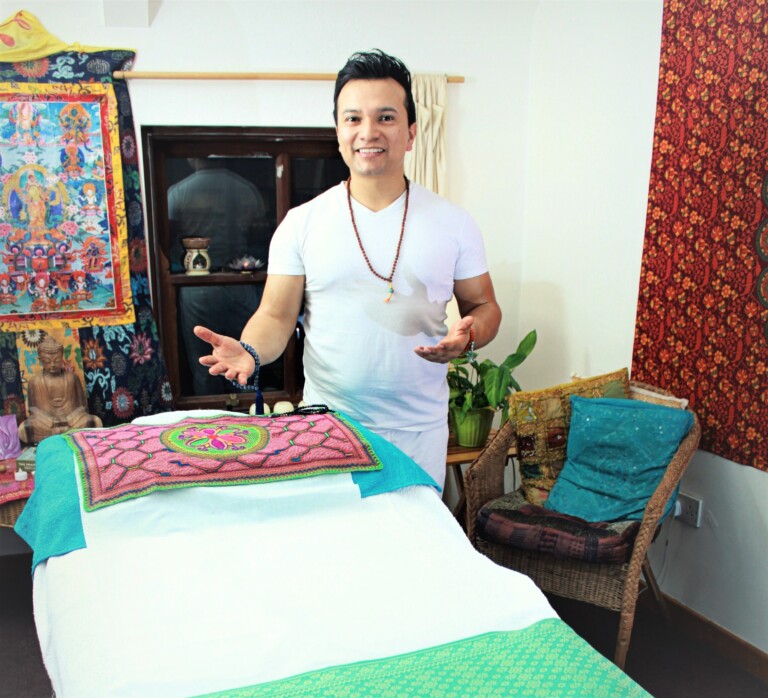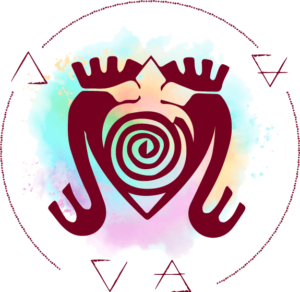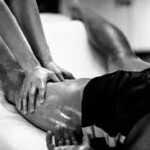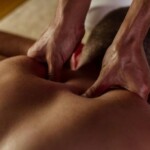Deep Tissue Massage involves applying firm pressure and slow strokes to reach deeper layers of muscle and fascia.

It’s used for chronic aches and pain and contracted areas such as a stiff neck and upper back, low back pain, leg muscle tightness, and sore shoulders.
Deep tissue massage usually focuses on a specific problem, such as chronic muscle pain, injury rehabilitation, and the following conditions:
- Low back pain.
- Limited mobility.
- Recovery from injuries (e.g. whiplash, falls).
- Repetitive strain injury, such as carpal tunnel syndrome.
- Postural problems
- Muscle tension in the hamstrings, glutes, IT band, legs, quadriceps, rhomboids, upper back
- Osteoarthritis pain
- Sciatica
- Piriformis syndrome
- Tennis elbow
- Fibromyalgia
- Upper back or neck pain
Not all of these benefits have been scientifically proven, but according to Consumer Reports magazine, 34,000 people ranked deep tissue massage more effective in relieving osteoarthritis pain than physical therapy, exercise, prescription medications, chiropractic, acupuncture, diet, glucosamine, and over-the-counter drugs.
While some of the strokes may feel the same as those used in Swedish massage therapy, deep tissue massage isn’t a stronger version of a Swedish massage.
Deep tissue massage techniques are used to break up scar tissue and physically break down muscle “knots” or adhesions (bands of painful, rigid tissue) that can disrupt circulation and cause pain, limited range of motion, and inflammation.
At the beginning of a deep tissue massage, lighter pressure is generally applied to warm up and prepare the muscles. Specific techniques are then applied. Common techniques include:
Stripping: Deep, gliding pressure along the length of the muscle fibers using the elbow, forearm, knuckles, and thumbs.
Friction: Pressure applied across the grain of a muscle to release adhesions and realign tissue fibers.
I use fingertips, knuckles, hands, elbows, and forearms during a deep tissue massage. You may be asked to breathe deeply as I work on tense areas.
After the massage, you may feel some stiffness or soreness, but it should subside within a day or so. Be sure to contact me if you have concerns or if you feel pain after having a massage.
Drinking water after the massage may help to flush the metabolic waste from the tissues.
Deep tissue massage may not be safe for people with blood clots (e.g. thrombophlebitis or deep vein thrombosis), due to the risk that they may become dislodged.
If you have blood clots or are at risk of forming blood clots, it’s essential that you consult your doctor before getting a deep tissue massage.
Deep tissue massage (or any strong pressure) should be avoided during pregnancy, but your doctor may suggest a massage therapist trained in pregnancy massage instead.




